Biodiversity in Madagascar has a priceless value, but is unappreciated.
Here are some examples:
Biodiversity in Madagascar has a priceless value, but is unappreciated.
Here are some examples:
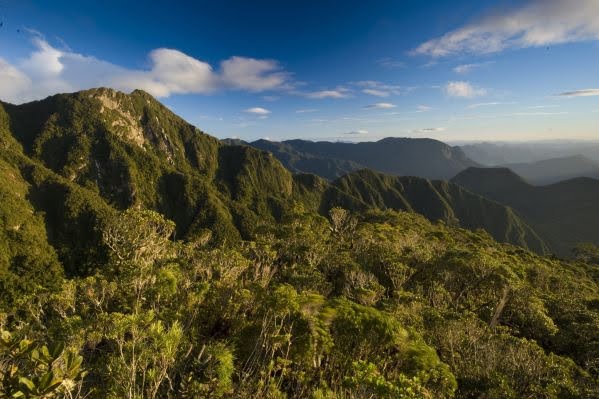
Sand encroachment and muddying of the main farming areas in Madagascar are major constraints to the sustainability of agricultural practices in several regions.
Without Marojejy and South Anjanaharibe national parks, the big Andapa plain would have experienced serious problems of sand encroachment and irrigation water depletion, thus threatening rice production in the SAVA region (Northeast of Madagascar)
Without Ranomafana National Park forests, Namorona hydroelectric plant operating cost would be by far less high. Indeed, these forest areas conservation prevented the sand encroachment of the river feeding the station.
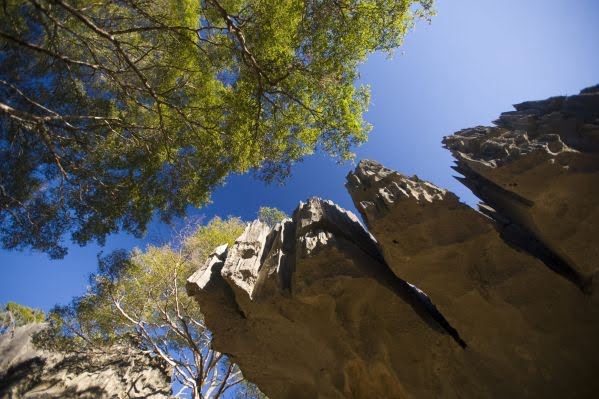
Biodiversity improves resilience to climate change. As an island, Madagascar is exposed to severe climate disruptions every year. Protected areas provide the best means for climate change impacts adaptation and mitigation. They are true green infrastructure throughout the country. They provide, for example, protection against floods and other climatic hazards such as drought and cyclones. This is among others the case for the protected areas located on the west and northeast coasts with large of mangrove stretches (Loky Manambato, Antrema, Baie de Baly, CMK, Kirindy Mitea).
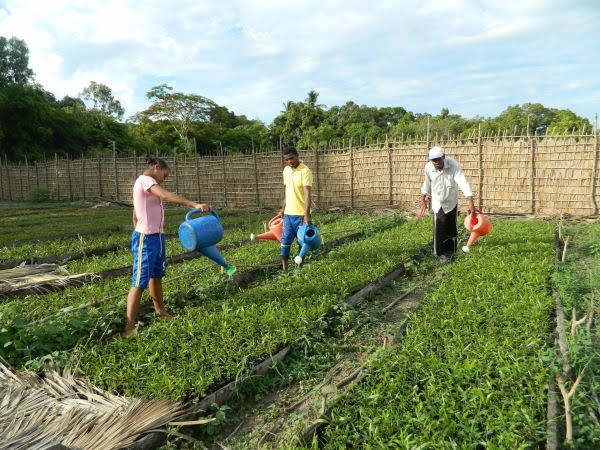
Biodiversity provides drinking and irrigation water supply. On the 5 hillsides of Madagascar, almost all rivers originate within protected areas, even in the subarid southern region where rivers are generally seasonal. These ecosystem services for irrigation water supply are provided by protected areas such as Andohahela, Ankarafantsika, Tsaratanana, Zahamena, Complexe Mahavavy Kinkony, and many others.
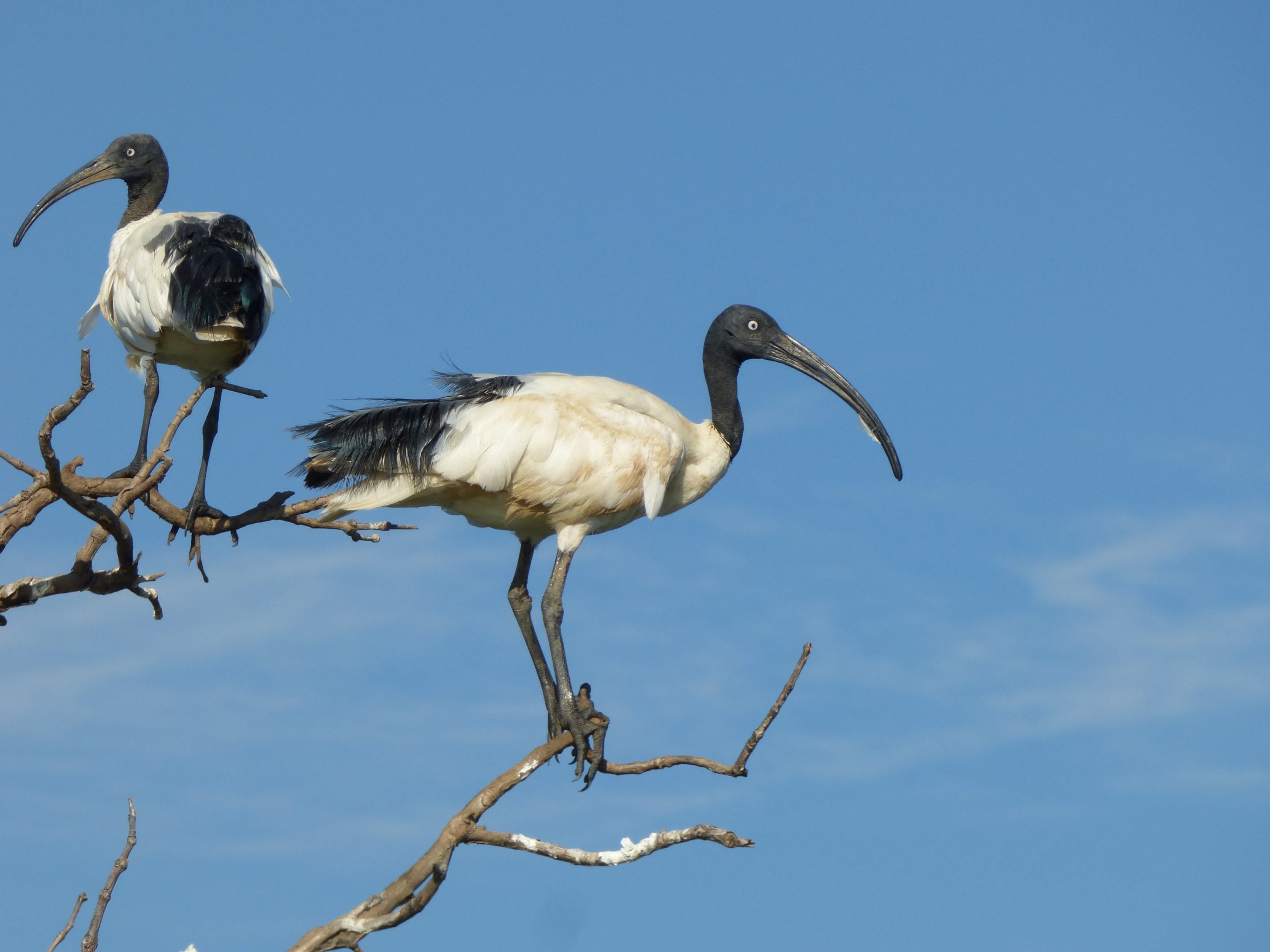
Housed by many protected areas in Madagascar, represent important opportunities for inland fishing. FAPBM finances the management of four of the largest lakes in Madagascar. These lakes are Ihotry, Kinkony, Tsimembo, and Mandrozo. Fishery products from the big western lakes can supply, for example, the Highlands markets (Antananarivo, Fianarantsoa). Thanks to these protected areas, fishing activities provide actual value chains that can reach tens of thousands of beneficiaries.
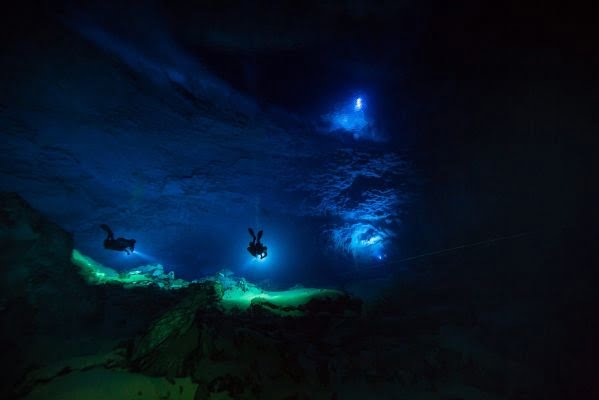
found mainly in marine protected and coastal areas, are unique ecosystems for marine fishery development. Through the careful management of these fishing resources, many fishing communities can ensure the sustainability of a worthwhile economic activity Tsimanampetsotsa – Nosy Ve, Antrema, Loky Manambato, Baie de Baly, Mahavavy Kinkony complex.
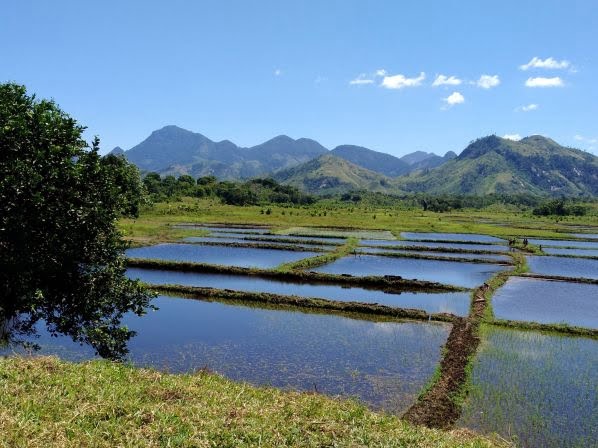
The neighboring community near these protected areas can also be supported by the forest ecosystems established in the protected areas. These include beekeeping activities (in moist forests, dry forests, mangroves …), fish farming (Maromizaha, Montagne des Français, Analalava, Antrema), handicrafts in raphia areas (Mandrozo, Mahavavy Kinkony, Tsimembo Manambolomaty), and even salt production in mangrove areas (Antrema). These income-generating activities can be transformed into value chains and are economic alternatives, for local communities, to the pressures exerted on protected area natural resources.
Ranked among the best destinations in the world by the New York Times, the Figaro and Vogue, the Great Island attracts nature and adventure enthusiasts awed by its rich biodiversity. Considered as the biodiversity cradle, protected areas receive thousands of tourists every year, who come to discover the island-continent’s unique flora and fauna. With tourism accounting for up to 5% of GDP, tourism activities in protected areas contribute to the country’s economy on several levels.
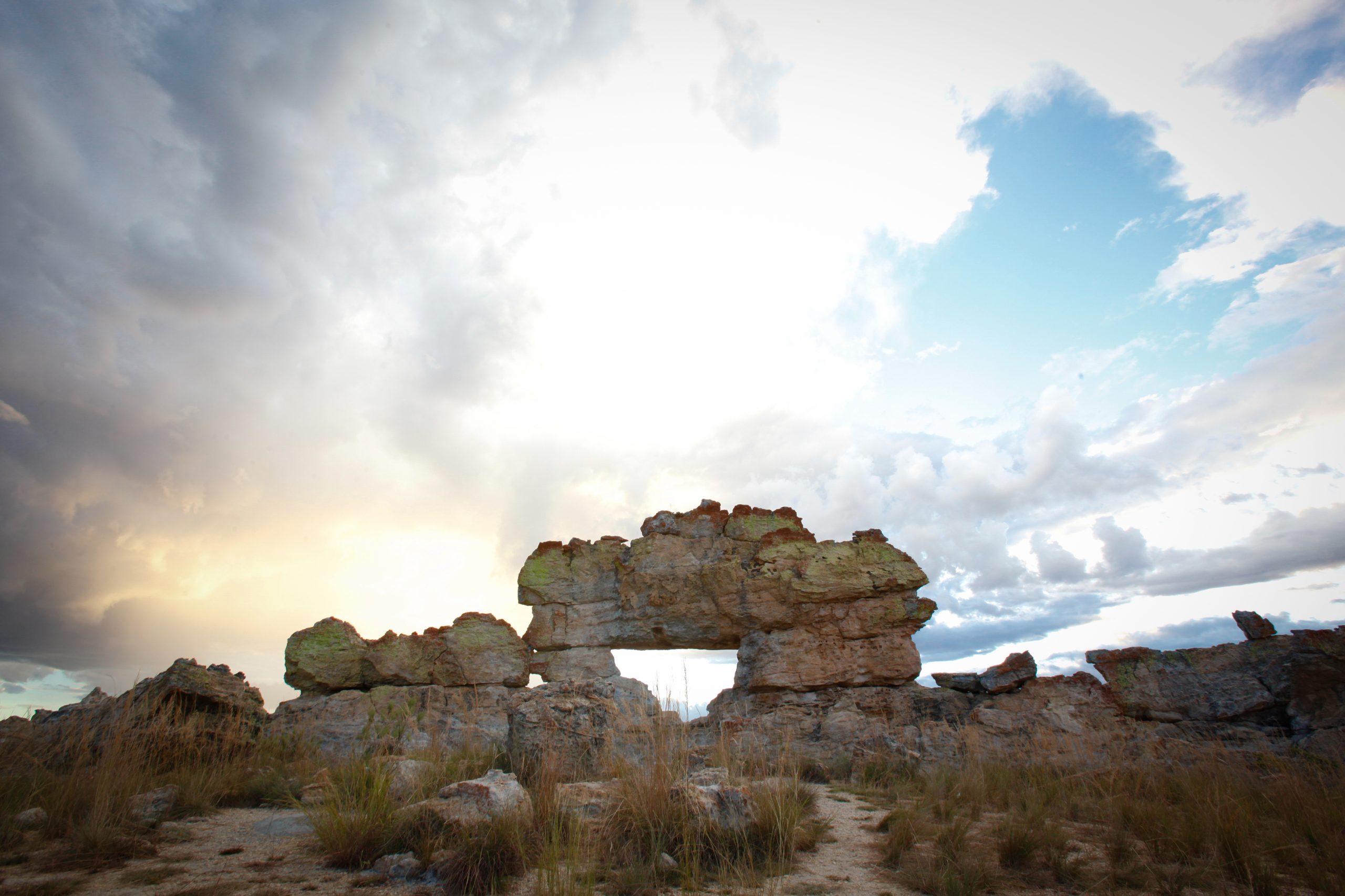
In 2018, Tourism generated over USD 528 million in foreign exchange for 250,000 tourists. Some protected areas of the Madagascar Protected Areas System (SAPM), funded by FAPBM, are major providers of foreign currency for the national economy (Montagne d’Ambre, Isalo, Ranomafana, Ankarana).
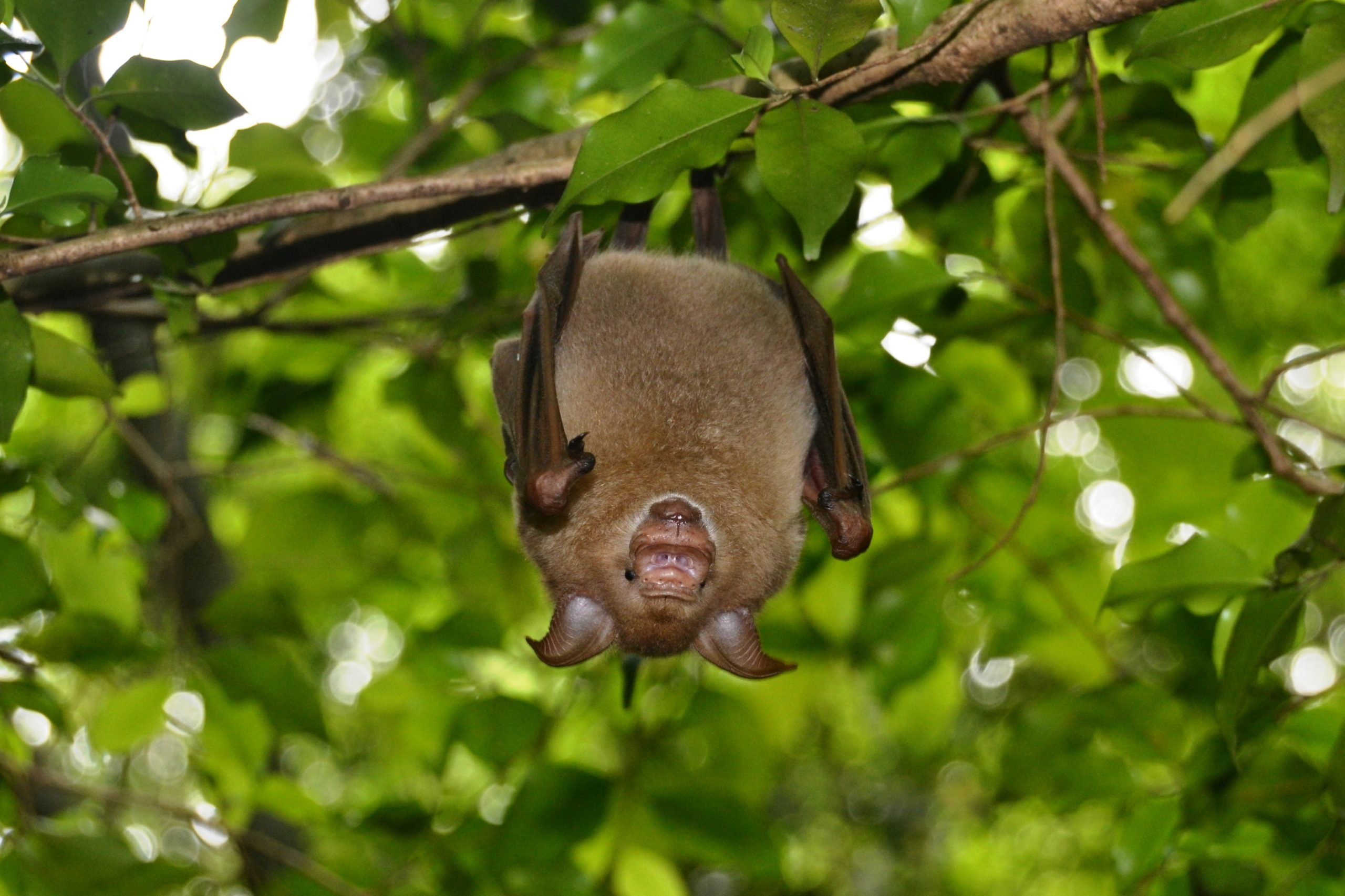
Guides, restaurants owners, hotels, craftsmen and local communities along protected areas benefit from tourist visits inside PAs.